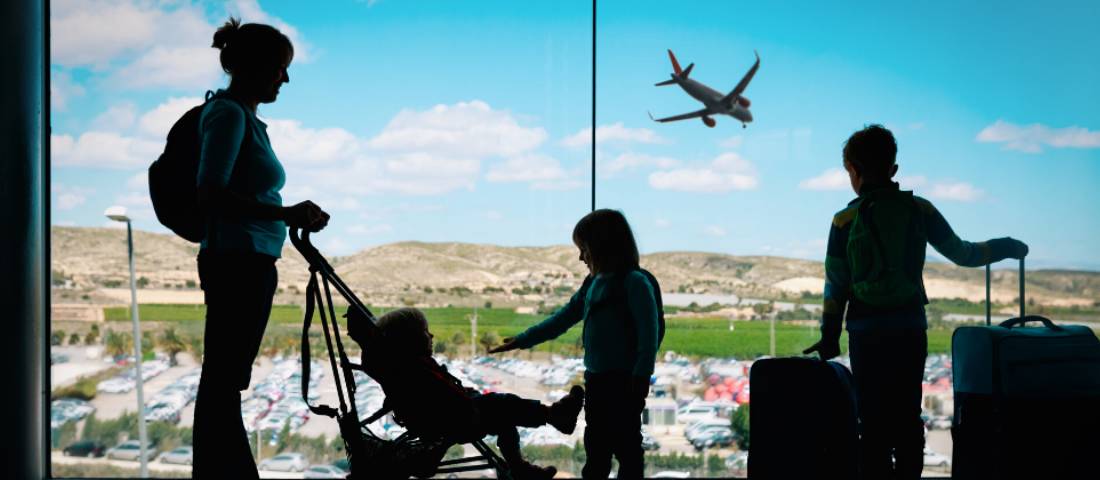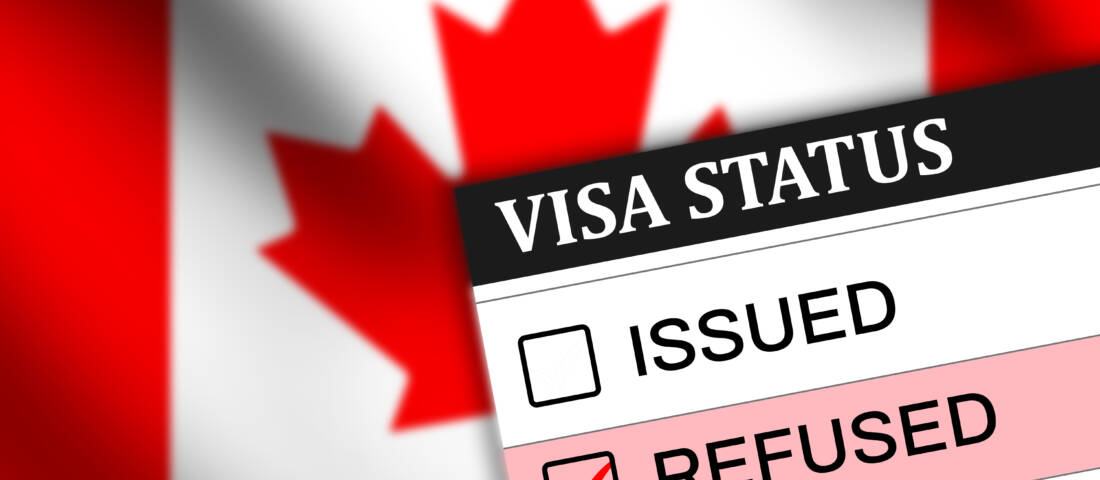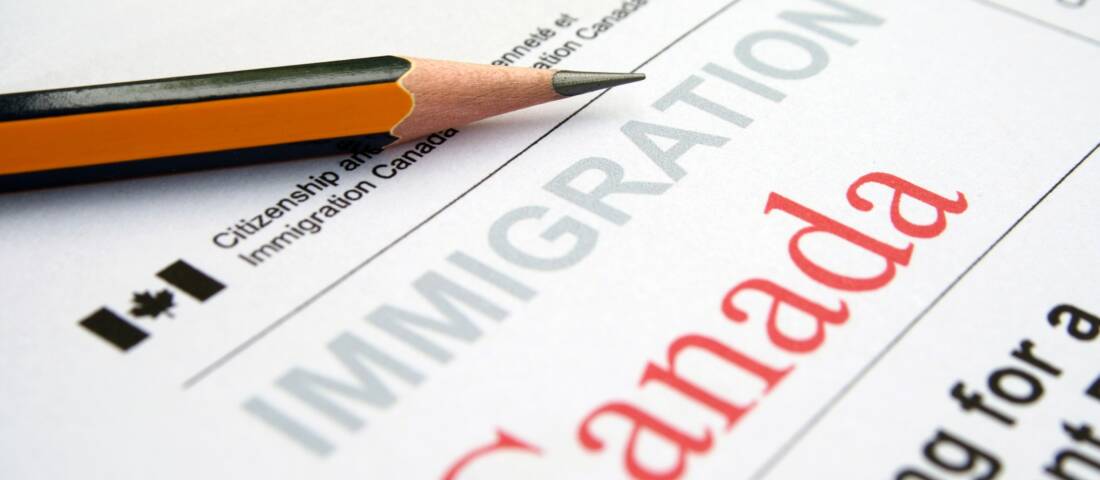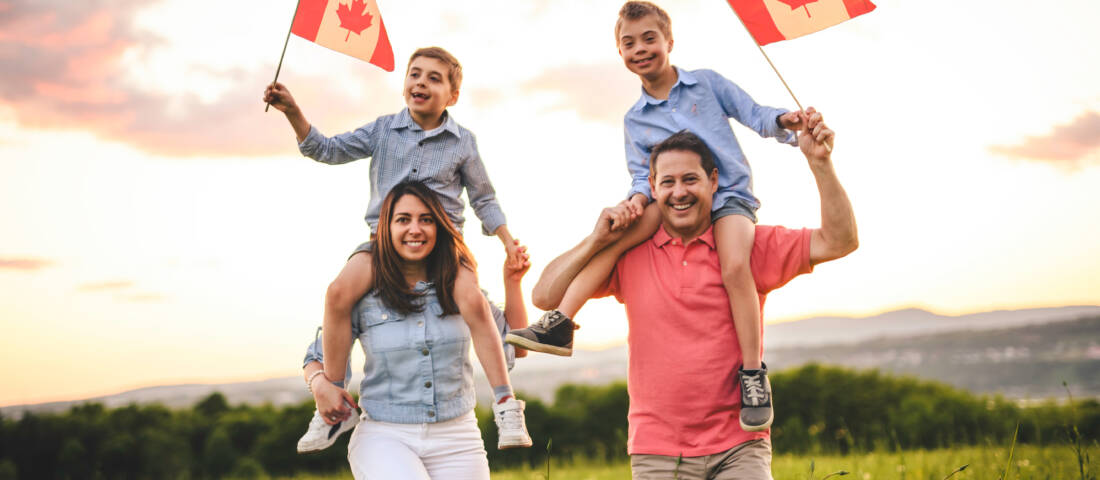Canada's Immigration, Refugees and Citizenship Canada (IRCC) has announced two new family reunification initiatives to make it easier for foreign nationals with protected person status and their family members living abroad in difficult situations to apply for permanent residence. The new initiatives announced on December 4, 2019, in an IRCC news release will
allow the protected person in Canada to communicate with IRCC on behalf of their family.
The new initiatives will "increase efficiency in processing the applications and reduce contact between the visa office and your dependent family members abroad."
Centralized Intake
Protected persons who have dependent family members abroad will be able to submit a permanent residence application for themselves and their family members simultaneously at a single centralized location, the IRCC Case Processing Centre in Mississauga.
Centralized Concurrent Processing Pilot
Effective December 4, 2019, the IRCC Centralized Concurrent Processing Pilot Case Processing Centre in Mississauga will process permanent residency applications for the protected person and their overseas dependent family members if the family members live in countries supported by the pilot program locations in:
- Bogota
- Buenos Aires
- Kingston (Jamaica)
- Lima
- London
- Nairobi
- Mexico City
- Port of Spain
- Sao Paulo
Who Is a Protected Person?
In Canada, the Immigration and Refugee Board of Canada (IRB) and IRCC decide who is a Protected Person:
If the IRB determined you to be a person in need of protection or a Convention refugee or if you received a positive decision on your Pre-Removal Risk Assessment (PRRA) from IRCC, you are a Protected Person and may apply for permanent residence with this application.
Immigration applicants must still meet all IRCC eligibility and admissibility requirements including medical screening and security and criminality checks.








